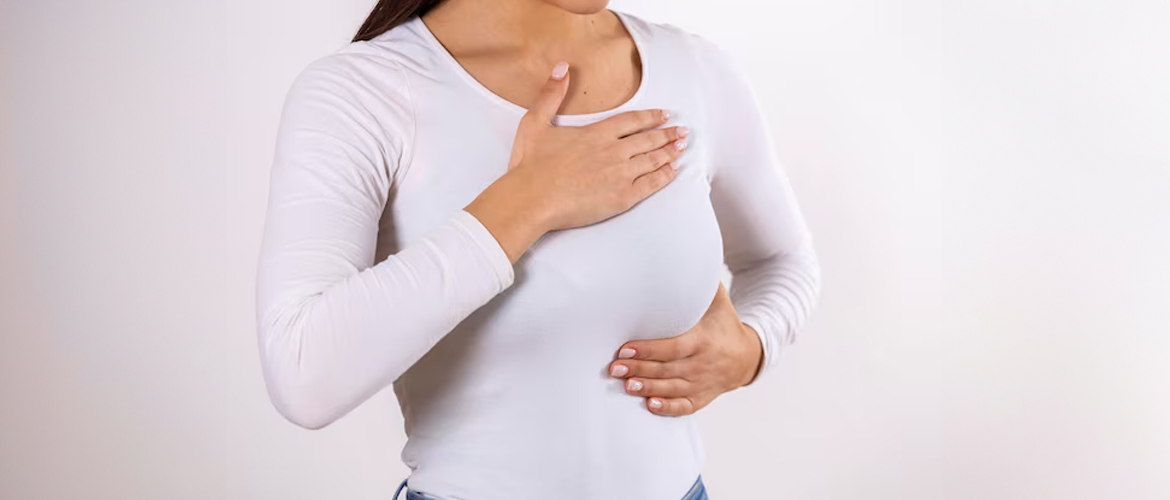Whether you’re in your 20s or your 60s, breast health is something that every woman should be mindful of throughout her life. It’s not just about avoiding serious health concerns like breast cancer, but also understanding how to care for your breasts to prevent discomfort and other common issues. Many women face challenges with their breasts at different stages of life, whether it’s discomfort during menstruation or general changes during pregnancy or menopause. By learning how to maintain a healthy breast, you can improve your breast health and detect any potential issues early. This guide will take you through everything you need to know, from understanding breast anatomy to practical steps you can take to support healthy breasts naturally.
Understanding Breast Anatomy
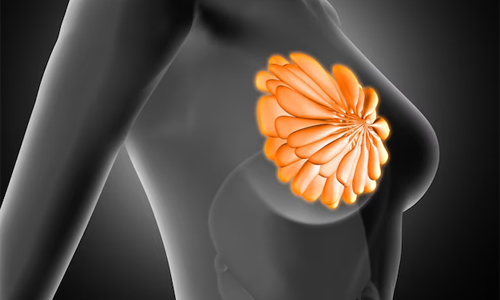
Let’s start with the basics: understanding the structure of your breasts. Knowing your breasts better makes it easier to notice any unusual changes.
Breasts are made up of glandular tissue (which produces milk), ducts (which carry milk to the nipples), fatty tissue (which gives breasts their shape), and connective tissue. Your breasts also contain lymph nodes, which are part of your immune system and can help detect and fight infections. Whether due to hormonal fluctuations, pregnancy, breastfeeding, or aging, it’s important to become familiar with how they typically feel and look. This knowledge is crucial for recognizing any unusual changes early on.
1. Regular Breast Self-Exams
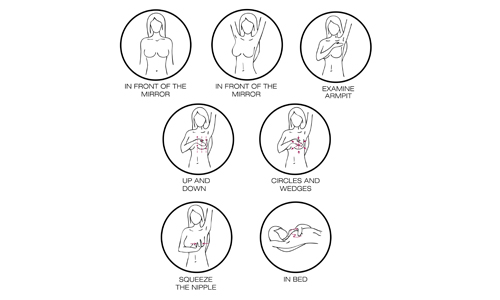
One of the simplest and most effective ways to maintain breast health is by performing regular self-exams. A breast self-exam isn’t something to be afraid of—it’s a way to become familiar with your body and notice any changes early. You don’t need any special tools, just your hands and a few minutes in the comfort of your own home.
Why Self-Exams Matter?
Knowing how your breasts normally feel can help you spot changes such as lumps, thickened areas, or irregularities.
How to Perform a Self-Exam?
You can perform a self-exam once a month, ideally a few days after your period ends. Because at that time your breasts are least likely to be swollen or tender. Here’s a quick step-by-step guide:
1. In Front of a Mirror
Look for any visual changes in the size, shape, or appearance of your breasts. Check for skin dimpling, puckering, or changes in the nipples.
2. Use Your Hands
While lying down or standing in the shower, use the pads of your fingers to press firmly but gently on your breast tissue. Move in a circular pattern, covering the entire breast, from the collarbone to the top of your abdomen, and from your armpit to your cleavage.
3. Don’t Forget Your Armpits
Breast tissue extends into the armpit, so be sure to check for any lumps or thickened areas there as well.
By doing this regularly, you’ll learn what’s normal for you, so if something seems off, you’ll know right away to speak to a healthcare professional.
2. Clinical Screenings and Mammograms
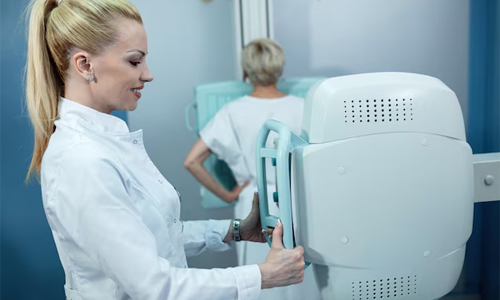
While self-exams are a great way to monitor your breast health, they’re only one piece of the puzzle. That’s where clinical breast exams and mammograms come in. Regular screenings with a healthcare provider are essential for early detection of any issues, particularly breast cancer.
- When to Start Mammograms?
Mammograms are specialized X-rays that can detect lumps and other changes that are too small to be felt during a self-exam, making them crucial for the early detection of any potential issues, like breast cancer. For most women, mammograms are recommended starting at age 40, but this can vary depending on your family history and risk factors. If you have a family history of breast cancer, your doctor may recommend starting earlier.
- What to Expect During a Mammogram?
Many women feel anxious about their first mammogram, but the procedure is quick and relatively painless. During the exam, each breast is compressed between two plates to get a clear image of the tissue. It may feel slightly uncomfortable, but the whole process only takes about 20 minutes. Regular screenings can make all the difference when it comes to early detection.
3. Healthy Diet for Breast Health
Did you know? What you eat can have a significant impact on your breast health. A balanced diet not only keeps you feeling energized but also supports your body’s natural defenses against disease. Excess body fat can lead to higher levels of estrogen, which can increase the risk of certain breast problems
Foods That Support Breast Health

- Antioxidant-Rich Foods
Fresh fruits and vegetables like berries, spinach, and broccoli are loaded with antioxidants, which help protect your cells from damage.
- Healthy Fats
Omega-3 fatty acids, found in foods like salmon, walnuts, and flaxseeds, are anti-inflammatory and can help maintain hormonal balance.
- Fiber
Whole grains and legumes are high in fiber, which helps regulate estrogen levels.
- Foods to Limit
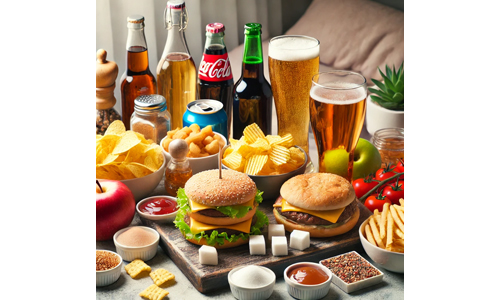
- Processed Foods
Foods high in refined sugars, unhealthy fats, and preservatives can increase inflammation.
- Alcohol
Studies show that drinking more than one alcoholic beverage per day can increase the risk of breast cancer, so it’s best to limit consumption.
4. Exercise and Maintaining a Healthy Weight
We all know that exercise is essential for overall health, but it’s fantastic for your breasts too! Regular physical activity can help reduce the risk of breast cancer by helping you maintain a healthy weight and boosting your immune system.
Recommended Exercises
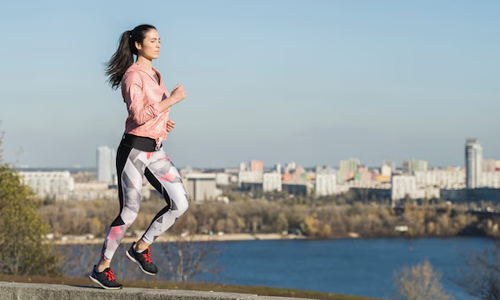
Engage in moderate-intensity aerobic exercise, such as walking, jogging, or swimming, for at least 30 minutes most days of the week. Cardio helps burn calories and keeps your heart healthy.
Incorporating resistance exercises like weight lifting or bodyweight exercises helps build muscle, maintain a healthy weight, and regulate hormones.
Plus, regular movement helps improve lymphatic drainage, which is essential for reducing breast swelling and discomfort.
5. Wearing the Right Bra
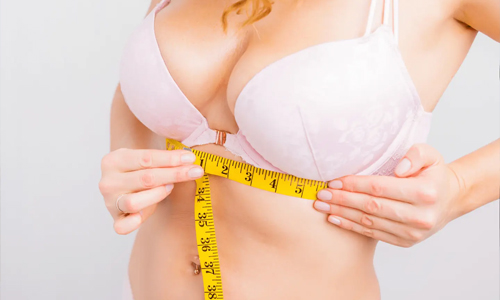
Have you ever wondered if your bra is doing more harm than good? Wearing a poorly fitting bra can lead to discomfort, back pain, and even breast pain. A well-fitted bra, on the other hand, can offer proper support, improve posture, and make you feel more comfortable throughout the day.
How to Find the Right Fit?
Get fitted by a professional, especially if your size changes due to weight loss, pregnancy, or aging. A properly fitted bra provides comfort and support, particularly during physical activities like running or high-impact workouts.
Here’s how to check if your bra fits properly:
- The band should be snug but not too tight. If it’s riding up your back, it’s too loose.
- Your breasts should fill the cups without spilling over or leaving gaps.
- Straps shouldn’t dig into your shoulders.
- Getting fitted at least once a year or after major body changes (like weight gain, loss, or pregnancy) is a must.
6. Managing Hormonal Health
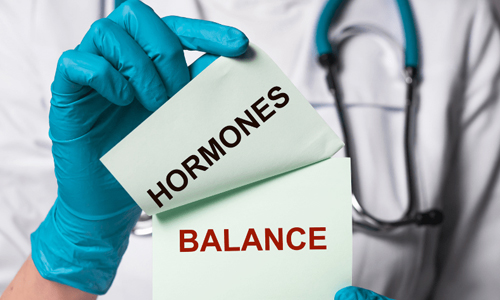
Hormones, particularly estrogen and progesterone play a big role in breast health. They fluctuate throughout our lives, especially during menstruation, pregnancy, and menopause. These hormonal shifts can affect breast tissue, causing tenderness, swelling, or even lumps that appear and disappear. Maintaining hormonal balance can go a long way in supporting breast health.
Natural Ways to Balance Hormones
- Eating a balanced diet rich in plant-based foods can help maintain healthy hormone levels.
- Regular exercise helps regulate hormones like insulin, which in turn supports overall hormonal balance.
- Practices like yoga, meditation, or simply spending time outdoors can help.
- Supplements like evening primrose oil or Vitex (Chasteberry) may also help regulate hormones naturally, but it’s always best to consult a healthcare provider before trying new supplements.
7. Reducing Environmental Toxins
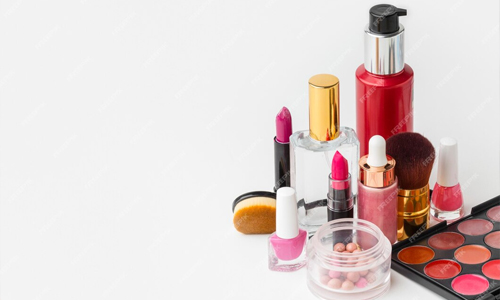
Every day, we’re exposed to chemicals in our environment, including compounds known as xenoestrogens, which mimic estrogen in the body and may contribute to hormone-related cancers. Certain toxins which are found in some personal care products (e.g., parabens and BPA), have been linked to hormone disruption. Apart from this heating and storing food in plastic containers can also affect your breast health.
So How to Overcome This Issue?
- Opt for natural or organic skincare and makeup products to reduce your exposure to harmful chemicals.
- Switch to eco-friendly products such as glass or stainless-steel containers, and choose organic foods to limit your exposure to harmful chemicals.
8. Monitoring Family History and Genetic Risks
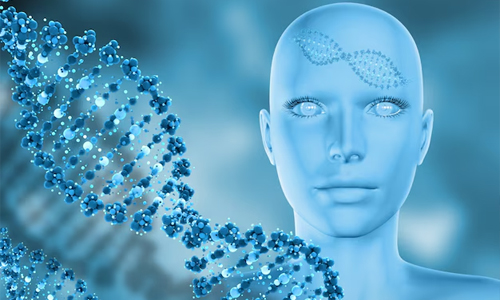
It’s important to know your family’s medical history when it comes to breast cancer. Women with a family history of breast cancer, particularly those with BRCA1 or BRCA2 gene mutations, are at higher risk. If your mother, sister, or grandmother had breast cancer, you might want to consider genetic testing to determine if you have an increased risk. If you do, your doctor can work with you on a proactive plan, including more frequent screenings or preventive measures.
9. Alternative Therapies for Breast Health
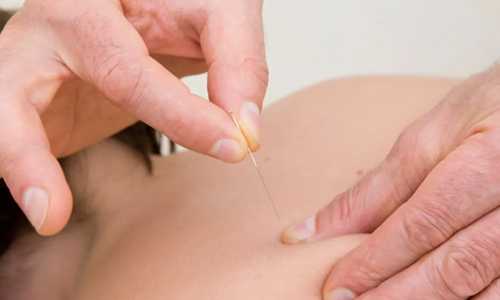
In addition to conventional methods, some women turn to natural remedies and alternative therapies to maintain breast health. Herbs like Vitex, flaxseed, and turmeric have been studied for their potential to support hormonal balance and reduce the risk of breast cancer. Acupuncture and massage therapy are also commonly used to relieve breast pain and promote overall wellness.
If you’re interested in alternative therapies, consult with a healthcare provider to ensure they are safe and appropriate for you.
Taking care of your breast health doesn’t have to be complicated. By incorporating regular self-exams, scheduling clinical screenings, eating a balanced diet, exercising, and reducing stress, you can support your breast health and overall well-being. Every woman deserves to feel empowered and informed about her health—so start today by taking these proactive steps toward maintaining healthy breasts for life.

